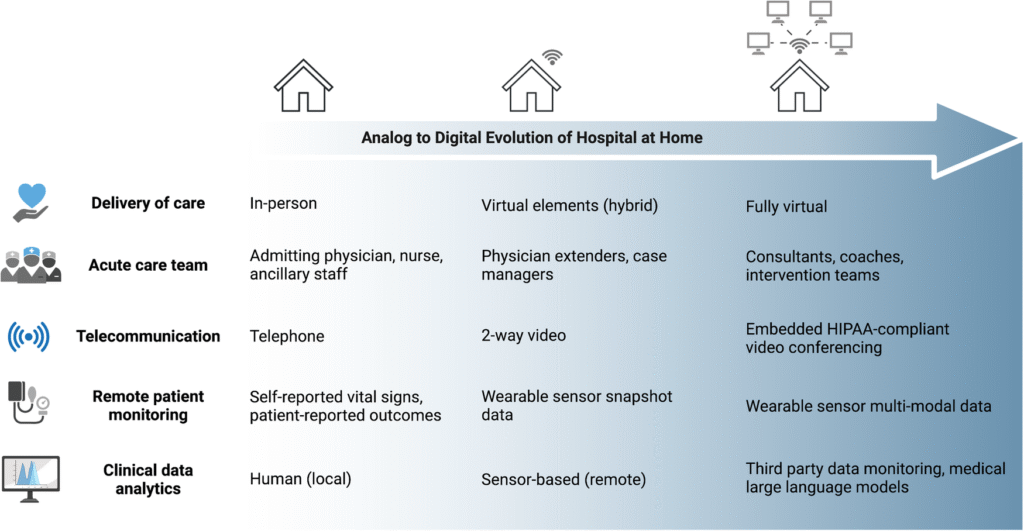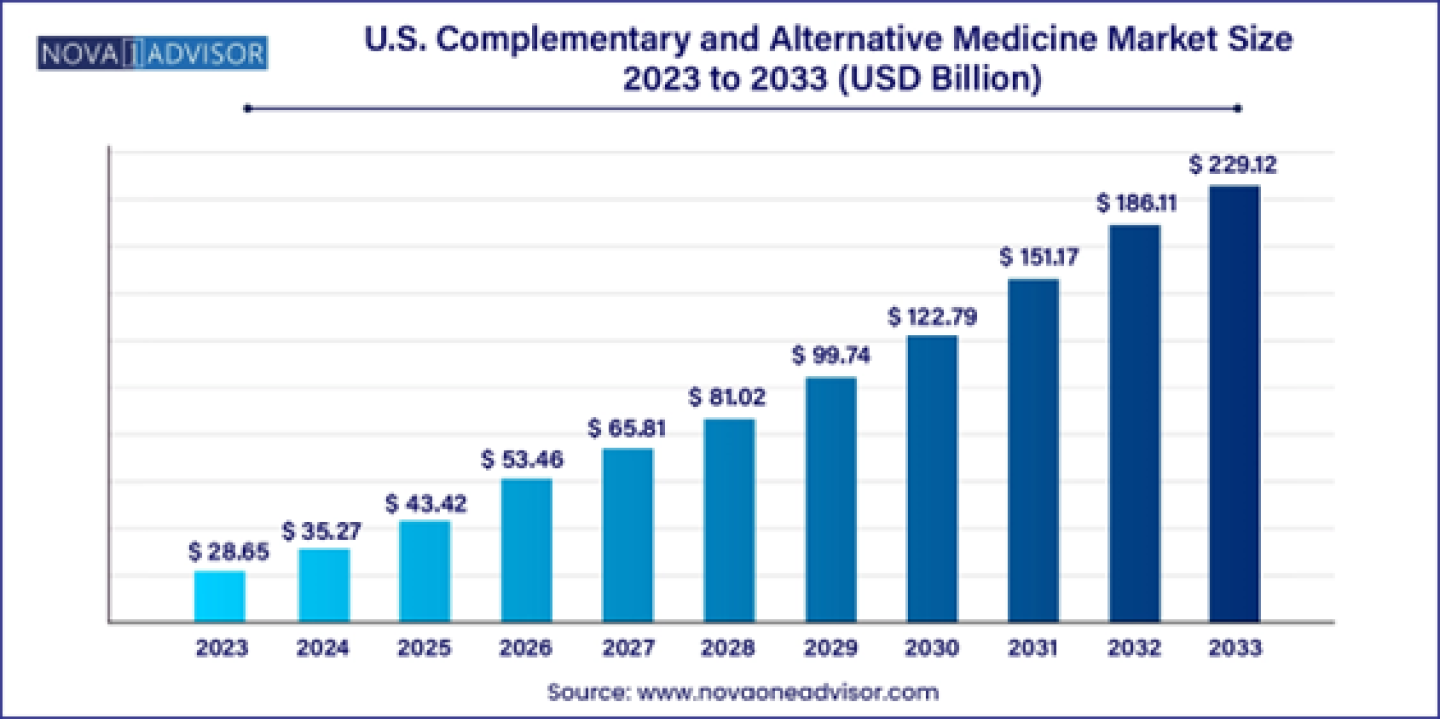Summary: Holistic healing is rapidly gaining traction in the U.S., blending mind, body, and spirit to promote wellness beyond conventional medicine. With growing awareness of preventive care, lifestyle diseases, and mental health needs, Americans are exploring integrative therapies like acupuncture, mindfulness, and naturopathy. This article examines adoption trends, challenges, and the potential for mainstream acceptance.
Introduction: Understanding Holistic Healing in the Modern U.S. Context
Holistic healing emphasizes treating the whole person rather than focusing solely on symptoms. In a country facing rising lifestyle diseases, mental health crises, and chronic stress, integrative approaches—spanning meditation, nutrition, energy therapy, and mind-body interventions—are becoming highly relevant.
Why Holistic Healing Matters Now
- Chronic illnesses such as diabetes, obesity, and heart disease are on the rise.
- Mental health disorders affect nearly one in five Americans annually (NIMH, 2023).
- Preventive care is increasingly prioritized by employers, insurers, and healthcare providers.
Example: Major corporations like Google and Apple incorporate mindfulness programs, yoga, and energy healing into employee wellness initiatives, reflecting growing mainstream acceptance.
What Holistic Healing Encompasses
- Mind-Body Practices: Yoga, meditation, tai chi, and breathwork.
- Alternative Therapies: Acupuncture, chiropractic care, Reiki, and naturopathy.
- Nutrition & Lifestyle: Functional nutrition, herbal remedies, and personalized lifestyle coaching.
- Mental Health Integration: Cognitive behavioral therapy, mindfulness-based stress reduction, and emotional wellness programs.
Historical Context and Evolution in the U.S.
- Early Adoption: Holistic practices gained initial traction in the 1960s-70s counterculture movement.
- Healthcare Integration: Integrative medicine clinics emerged in major hospitals like the Mayo Clinic and Cleveland Clinic.
- Current Trends: By 2025, the U.S. wellness market is projected to exceed $200 billion, with holistic therapies forming a significant segment (Global Wellness Institute).

Drivers of Holistic Healing Popularity
Rising Lifestyle Diseases
Americans face obesity, diabetes, and cardiovascular disease epidemics, prompting interest in preventive care that targets root causes.
Mental Health Awareness
The pandemic intensified focus on stress, anxiety, and depression, increasing demand for mind-body interventions.
Healthcare Costs
Holistic approaches often provide cost-effective preventive measures, reducing hospital visits and medication dependency.
Corporate Wellness Programs
Employers increasingly offer holistic wellness benefits to boost productivity, retention, and employee satisfaction.
Technological Integration
Apps, telemedicine, and wearable devices allow Americans to access yoga, meditation, and biofeedback from home.
Challenges to Mainstream Adoption
- Regulatory Gaps: Many alternative therapies lack standardized regulation, raising safety and efficacy concerns.
- Skepticism Among Physicians: Traditional medicine practitioners sometimes view holistic practices as unscientific.
- Insurance Coverage: Limited reimbursement reduces accessibility for some patients.
- Cultural Misconceptions: Misunderstandings about efficacy and credibility persist.
Real-Life Examples of Holistic Healing in the U.S.
- Hospital Integration: Mayo Clinic offers acupuncture, guided imagery, and massage therapy alongside conventional treatments.
- Corporate Programs: Salesforce provides mindfulness workshops, stress management coaching, and wellness stipends.
- Community-Based Programs: Local wellness centers provide low-cost yoga, meditation, and nutrition counseling.
Case Study: Research published in the Journal of Alternative and Complementary Medicine (2024) found that employees participating in corporate mindfulness programs reported a 35% reduction in stress and 20% improvement in focus over six months.
Future Outlook: Will Holistic Healing Go Mainstream?
Factors Supporting Mainstream Integration
- Evidence-Based Research: Clinical trials are increasingly validating holistic practices.
- Consumer Demand: Younger generations prioritize preventive and integrative care.
- Insurance Adaptation: Some insurers now reimburse acupuncture, nutrition counseling, and yoga therapy.
- Workplace Trends: Employee wellness programs normalize holistic practices.
- Digital Accessibility: Apps like Calm, Headspace, and MyFitnessPal expand reach.
Potential Obstacles
- Fragmented regulation may slow uniform adoption.
- Persistent skepticism from medical institutions could limit full integration.
- Cost and accessibility challenges for underserved populations.
How Individuals Can Adopt Holistic Healing Safely
- Start Small: Integrate mindfulness, daily walks, or dietary changes.
- Consult Professionals: Engage certified practitioners for therapies like acupuncture or energy healing.
- Track Outcomes: Use apps or journals to monitor stress, sleep, and physical health improvements.
- Combine Approaches: Holistic healing complements—not replaces—conventional medicine.
Trending FAQs About Holistic Healing in the U.S.
1. What is holistic healing, and how does it differ from conventional medicine?
Holistic healing focuses on treating the entire person—mind, body, and spirit—rather than just symptoms. Unlike conventional medicine, which primarily targets diseases with medications or procedures, holistic approaches emphasize lifestyle changes, nutrition, stress management, and alternative therapies to enhance overall well-being and prevent chronic conditions.
2. Are holistic therapies scientifically proven to work?
Many holistic therapies, such as meditation, yoga, acupuncture, and mindfulness, have been studied and show measurable benefits for stress reduction, pain management, and mental health. While not all alternative treatments have conclusive clinical evidence, ongoing research is increasingly validating the effectiveness of integrative approaches in improving health outcomes.
3. Can holistic healing completely replace traditional medical care?
No, holistic healing is meant to complement, not replace, conventional medicine. It works best alongside regular medical checkups, medications, or surgical interventions when necessary. Integrating both approaches allows patients to manage chronic illnesses, reduce stress, and improve quality of life while ensuring they receive evidence-based medical care.
4. Which holistic therapies are most popular in the U.S. today?
Currently, meditation, yoga, acupuncture, chiropractic care, Reiki, aromatherapy, and nutritional counseling are among the most popular holistic therapies in the U.S. Americans are increasingly exploring integrative treatments that combine physical, mental, and emotional support to improve overall wellness, prevent diseases, and address lifestyle-related health issues.
5. Are holistic therapies safe for everyone?
Most holistic therapies are safe when practiced under certified professionals. However, some treatments may pose risks for pregnant women, individuals with chronic conditions, or those on specific medications. It’s important to consult with a licensed healthcare provider before beginning any holistic program to ensure compatibility with your medical history.
6. Do insurance plans cover holistic healing practices?
Insurance coverage for holistic therapies varies widely. Some plans reimburse acupuncture, chiropractic care, nutritional counseling, and mental wellness programs, while others may not. Americans interested in holistic treatments should review their insurance policies carefully, ask providers about coverage, and consider flexible spending accounts or wellness stipends offered by employers.
7. How can I integrate holistic healing into my daily routine?
You can start with simple practices such as daily meditation, deep breathing exercises, mindful eating, yoga, or journaling. Gradually incorporating nutritional improvements, physical activity, and stress management techniques helps build long-term wellness habits. Consulting certified holistic practitioners can provide personalized guidance for your lifestyle and health goals.
8. Does holistic healing help with chronic diseases?
Yes, holistic healing can support chronic disease management by addressing underlying causes and promoting healthier lifestyle habits. Practices like nutrition counseling, yoga, meditation, and acupuncture can reduce inflammation, lower stress, improve sleep, and enhance emotional resilience, complementing conventional treatments for conditions like diabetes, hypertension, and cardiovascular disease.
9. How does holistic healing support mental health?
Holistic approaches address mental health by reducing stress, improving emotional awareness, and encouraging relaxation. Techniques such as meditation, mindfulness-based therapy, yoga, and energy healing help manage anxiety, depression, and burnout. Integrating these therapies can enhance mood, focus, and overall psychological well-being, especially when combined with professional mental health care.
10. Will holistic healing become mainstream in the U.S. healthcare system?
Holistic healing is steadily gaining acceptance due to rising lifestyle diseases, mental health awareness, preventive care demand, and corporate wellness programs. With growing scientific validation and digital access, it is likely that integrative and holistic approaches will become a standard part of preventive healthcare, complementing conventional medicine in the coming decade.
Conclusion
Holistic healing is no longer niche—it is gradually integrating into mainstream U.S. healthcare, workplaces, and daily life. With scientific validation, consumer demand, and technological adoption, Americans seeking preventive care, mental well-being, and balanced lifestyles will drive holistic healing toward widespread acceptance.
Read this also https://bodymindrelief.us/the-role-of-nutrition-in-holistic-health/
